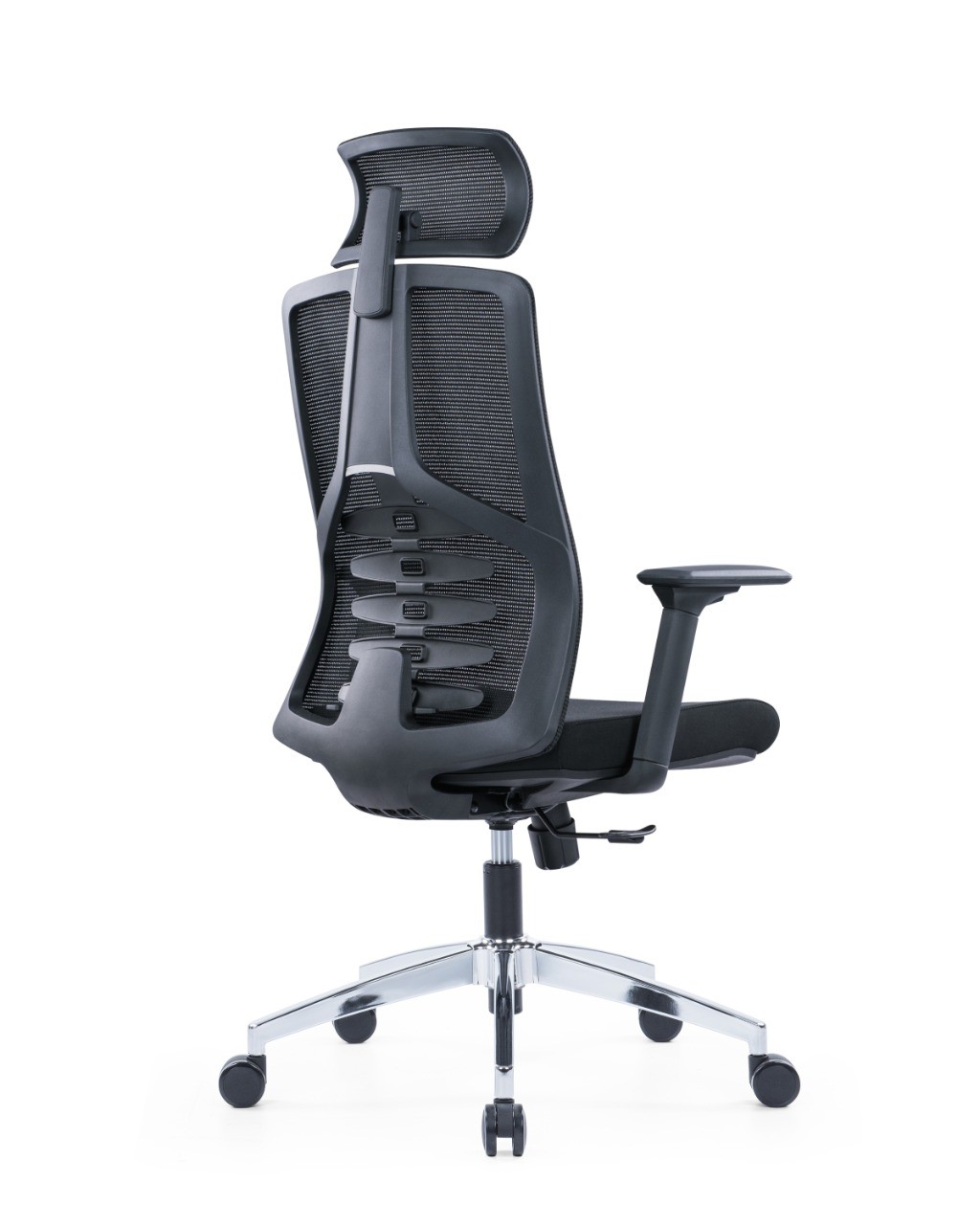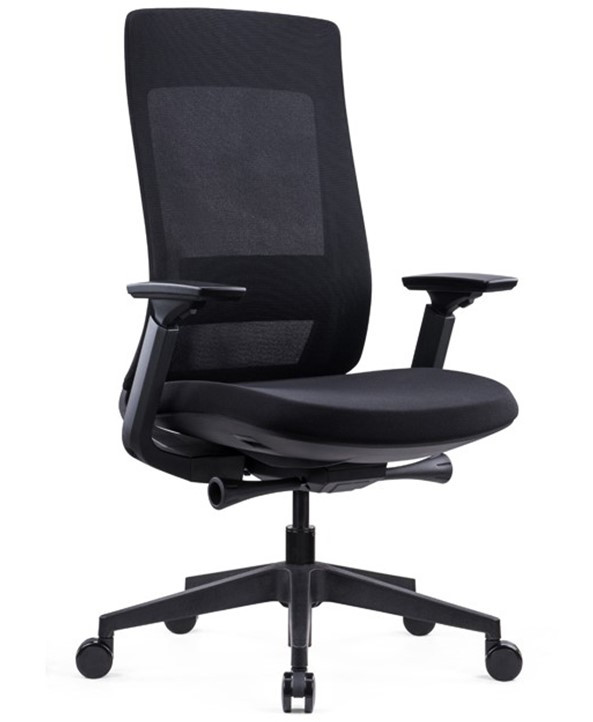
How to Customize an Office Chair for Personal Comfort
Introduction
When it comes to office work, comfort and posture are key factors for long-term health and productivity. A personalized office chair can help alleviate discomfort and support your body’s natural posture throughout the workday. Fortunately, many office chairs come with customizable features, making it easy to tailor them to your unique needs. In this article, we will guide you on how to customize your office chair for maximum comfort, ensuring you feel your best no matter how long the workday lasts.
1. Adjust the Seat Height
One of the first and most important adjustments to make when customizing your office chair is setting the seat height. The seat height should be adjustable to ensure your feet are flat on the floor and your knees are at a 90-degree angle. This adjustment is vital for maintaining proper posture and preventing strain on your back and legs.
Recommended Products:
2. Fine-Tune the Lumbar Support
Many office chairs, including the Sitma Black Ergonomic Executive Chair, come with built-in lumbar support, which is essential for maintaining the natural curve of your spine. Adjust the lumbar support to fit the curve of your lower back, ensuring that it helps alleviate pressure and reduces the risk of back pain.
3. Customize the Armrests
Adjusting the armrests is another key step in customizing your chair. Armrests should support your elbows at a 90-degree angle when you are typing or using your mouse. If your chair has adjustable armrests, move them up, down, or sideways to find the most comfortable position.
4. Adjust the Seat Depth
The depth of your chair seat can significantly affect your comfort. You should be able to sit comfortably in your chair without feeling like you’re being pushed forward. Adjust the seat depth so there’s a gap of about two to four inches between the back of your knees and the edge of the seat. This will help reduce pressure on the back of your legs and promote circulation.
5. Set the Tilt Tension
Adjusting the tilt tension is crucial for maintaining balance and supporting your natural movements while seated. Tilt tension controls the resistance you feel when you lean back. A properly set tilt tension will allow you to recline comfortably without straining your back while also keeping your posture aligned.
6. Adjust the Recline Angle
The ability to recline can be a game-changer for your comfort during long hours of sitting. Most ergonomic chairs allow you to adjust the recline angle to fit your posture needs. Reclining slightly can help reduce spinal pressure and prevent discomfort, especially when you need a break from sitting upright.
7. Choose the Right Material
The material of your chair can affect both comfort and long-term durability. For extended sitting periods, breathable materials such as mesh are highly recommended, as they help prevent heat buildup and sweating. Leather or cushioned chairs are more suitable if you prefer a softer, more luxurious feel. Choose the material that best suits your climate and comfort preferences.
8. Ensure Proper Back Support
Proper back support is crucial for maintaining a neutral spine position, especially if you’re sitting for long hours. Some chairs have adjustable backrests that allow you to change the angle and support level. Ensure that your chair supports the lower back and the natural curve of your spine to reduce tension and fatigue.
9. Find the Right Seat Cushion
If you find that the seat of your chair isn’t providing enough comfort, consider adding a cushion. There are many ergonomic seat cushions available that provide additional support, particularly for the hips and thighs. Opt for a cushion that promotes even weight distribution and enhances your overall sitting experience.
10. Check the Chair’s Mobility
A chair with smooth-rolling casters can make moving around your workspace much easier. If you frequently switch between different workstations or need to access various areas of your desk, having a chair that moves with ease will save you time and effort. Ensure the casters are compatible with your floor type (e.g., hardwood, carpet) for optimal mobility.
Additional Considerations When Customizing Your Office Chair
-
Personal Comfort Preferences:
Everyone has unique comfort preferences, so experiment with different settings to find what works best for you.
-
Chair Size:
Ensure the chair is appropriately sized for your body type. A chair that’s too large or too small can lead to discomfort.
-
Footrest:
If your chair is too high, consider adding a footrest to support your feet and maintain proper posture.
-
Headrest Adjustments:
For added neck and head support, consider a chair with an adjustable headrest. This is particularly useful if you tend to lean back during phone calls or meetings.
-
Wheel Locking System:
If you need stability, check if your chair offers a wheel-locking system that keeps it stationary.
-
Armrest Padding:
Some armrests come with padding for extra comfort. If your chair has hard armrests, consider adding soft covers.
-
Regular Adjustments:
Over time, you may need to adjust your chair as your work habits or posture change. Regular adjustments can help keep you comfortable.
-
Desk Height Compatibility:
Ensure your chair's height works well with your desk height for better ergonomics and overall comfort.
-
Rotation Flexibility:
A chair that rotates allows you to easily access different parts of your desk without straining.
-
Long-Term Maintenance:
Regularly clean and maintain your chair, including adjusting the tension and checking the mechanisms to ensure longevity.
Conclusion
Customizing your office chair is an investment in both your comfort and health. Whether it's adjusting seat height, lumbar support, or adding cushions, small tweaks can make a huge difference in how you feel after a long day of work. By following these tips, you’ll be able to create a personalized seating experience that maximizes your comfort and boosts productivity.
FAQ
-
How do I know if my office chair is properly adjusted?
Ensure that your feet are flat on the floor, your knees are at a 90-degree angle, and your back is supported with the correct lumbar alignment.
-
What is the best chair for someone who works long hours?
The best chair for long hours is one that offers adjustable lumbar support, seat height, and tilt tension. A breathable material like mesh can also provide extra comfort.
-
Can I adjust the backrest of my chair?
Yes, many ergonomic chairs come with adjustable backrests. Make sure the backrest supports the curve of your spine to prevent discomfort.
-
What if my chair doesn’t have a lumbar adjustment?
If your chair doesn’t have built-in lumbar support, consider adding a lumbar cushion or using a rolled towel to provide extra support.
-
Are ergonomic chairs worth the investment?
Yes, ergonomic chairs are designed to improve comfort, prevent injury, and increase productivity, making them a worthwhile investment for anyone who spends long hours sitting.




